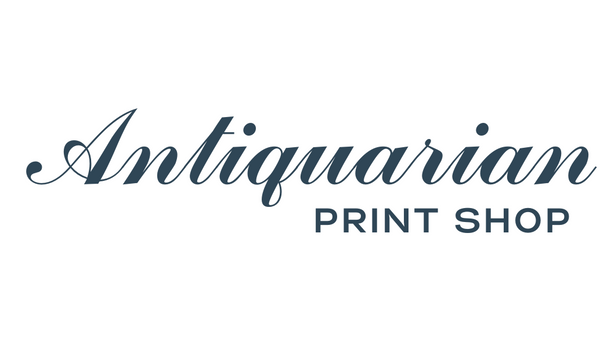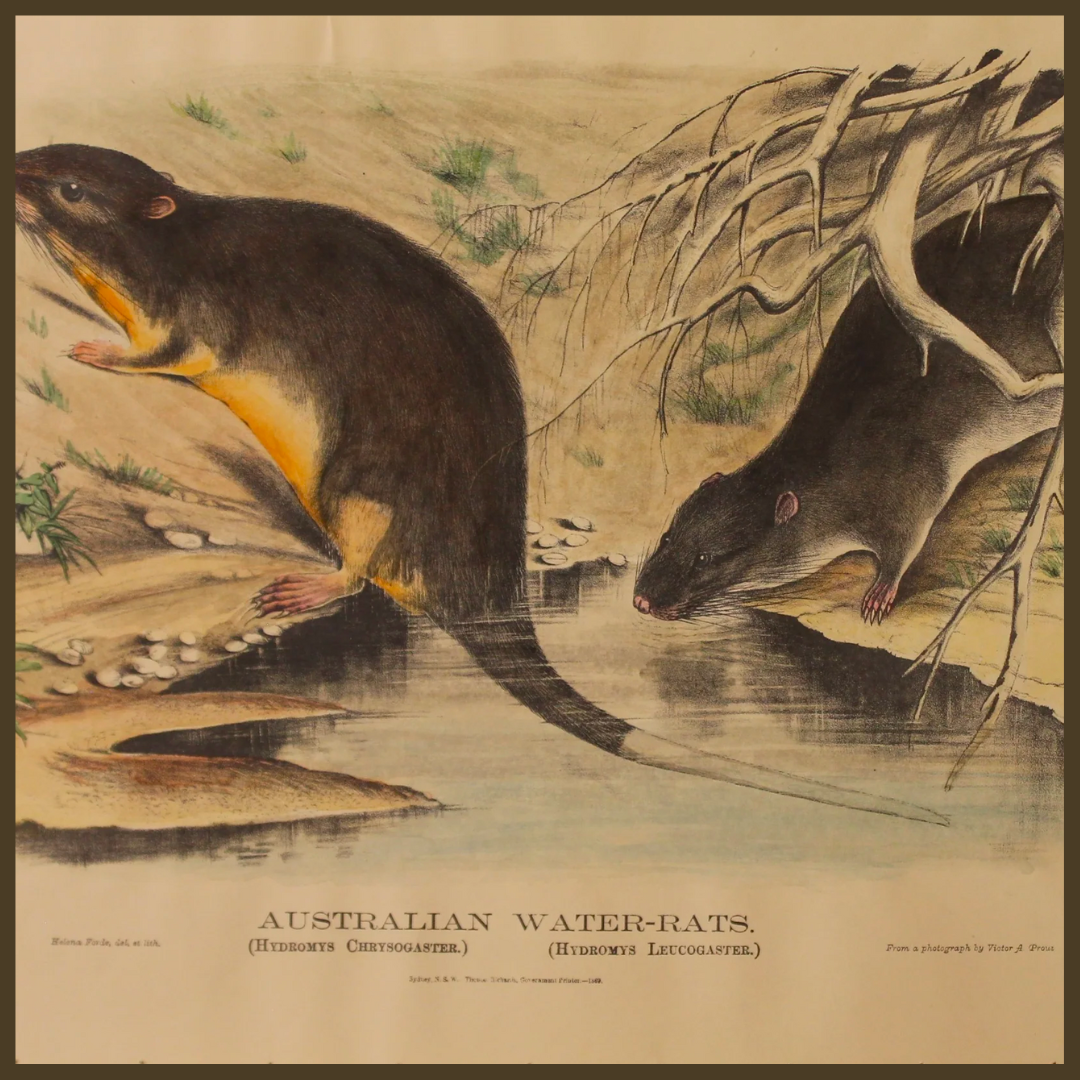
INTERESTING ... FASHION OF THE DAY
Share
Of the 102 female convicts on the first fleet, a disproportionate number had been involved in the fashion trade before their voyage to Australia.
Six of them were mantua (garment) makers, there were 2 milliners, a number of seamstresses, embroiderers and tambour (a type of beading) workers, lace workers, a furrier, a glovemaker, a maker of childhood linen and an artificial flower maker.
Conditions in the Colony were very poor and generally women were thought very little of. However with this plethora of skills amongst the convict women, the Colony was set to be able to keep up with the fashions of the time. Not all of these women expected to be able to follow their calling or work preference in the colony, but their skills were transferable and even without the French and English fashion periodicals, they could all remember the fashions on the day they left the port.
The first and foremost and major problem that they had was availability of materials. During the Voyage, many of the convict women replaced their “rag tale” clothing, by refashioning, from clothing stolen from the sailors, new clothing for themselves. If they had fabric, they could make clothing. As time progressed, vessels sailing to the Colony, arrived via India. These vessels carried fabrics. Beautiful silks, ribbons and laces were available in very limited quantities from India.
After Governor Phillip set up the settlement on Norfolk Island, the men convicts were set to grow flax that they were able to weave into very coarse fabric which was mostly used to make clothing for the convicts.
There were actually no ships into the Colony of NSW for the first 3 years. Once vessels started arriving, intermittently though it was, life began to be a little more normal for the free settlers.
In the 1830’s Mrs Beetson’s Englishwoman’s Domestic Magazine started to trickle into the Colony of NSW and in that magazine, the fashion illustrator, Jules David, had begun publishing his illustrations. Mrs Beetson’s magazine was “the” magazine of the times and the women of the Colony were very excited to get it. It contained lots of information that they had been starved of for many years.
As the Colony already had so many capable fashion workers, the women free settlers were able to be “up to the minute” with French and English Fashion which made life in the colony so much more acceptable.
Link to the story of Jules David on the website HERE.
Related Tag: Fashion Prints



